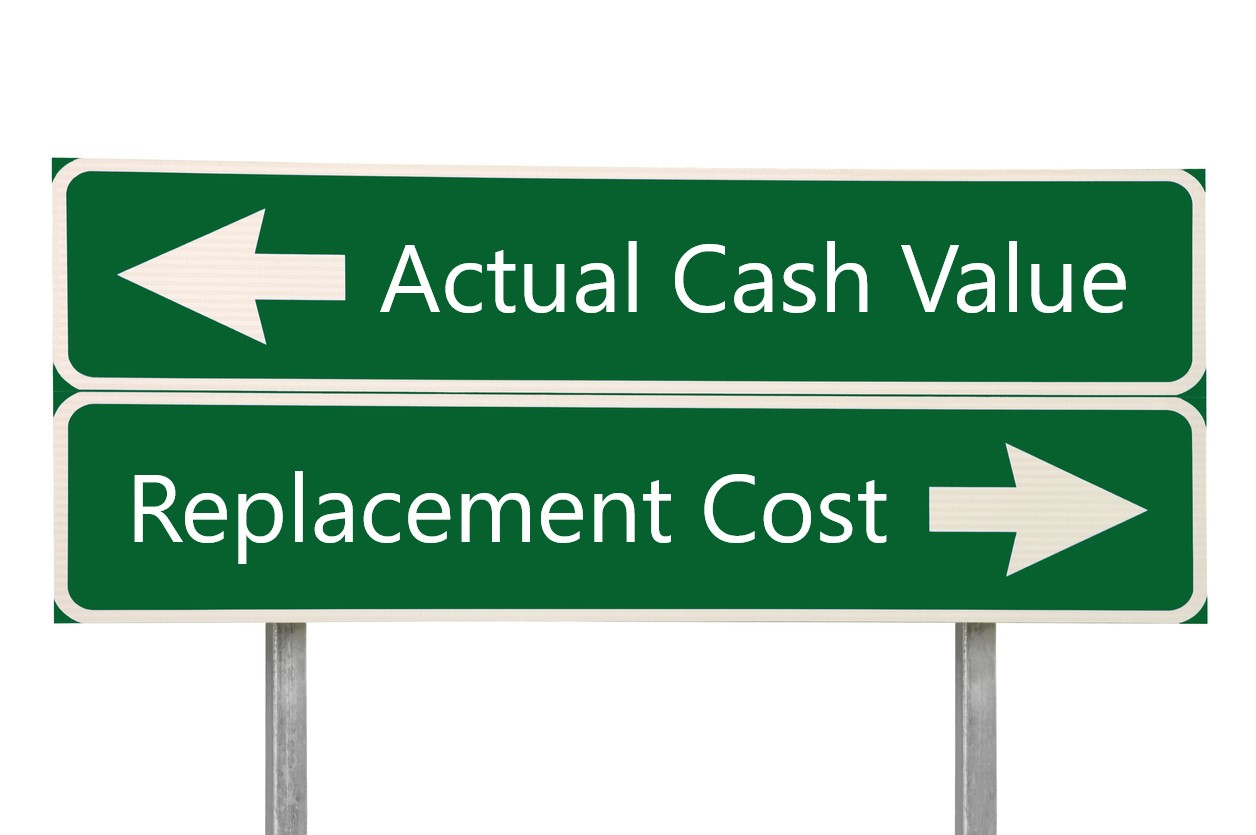The principle of indemnity has been a pivotal topic in insurance cases and treatises, especially in discussions about the meaning of ‘actual cash value’ in policies before the emergence of what are commonly referred to as so called ‘replacement cost’ policies, which dominate the market today. The term ‘so-called’ is deliberately used here to underscore a key aspect of most replacement cost policies: they typically pay only the actual cash value until the actual replacement occurs. This is highlighted in the paper, The Indemnity Principle: From a Financial to a Functional Paradigm, which delves into the historical inadequacies of actual cash value policies in fulfilling policyholders’ needs. It underscores the necessity for a new kind of insurance product, one that guarantees sufficient funds to cover the full cost of replacement or repair as needed. This paper noted:
As a result of this historical setting, the strict, financial approach to indemnity became the paradigm in the 19th century. This paradigm was reflected by the use of actual cash value as the basis for calculating losses under property insurance policies. Although there were some exceptions to actual cash value that developed in the 20th century, even by the mid-20th century the majority rule was that insurers were liable for the actual cash value of damaged property, stated as ‘replacement cost, less depreciation’ …. Around the middle of the 20th century, however, this changed and in the latter half of the 20th century, replacement cost coverage became the majority rule. The change in coverage was driven by the market, without consideration of the indemnity principle. But, because replacement cost is inconsistent with the traditional view of indemnity, it reflects a shift in the industry’s view of indemnity. This section begins with the weakness that developed with actual cash value, and traces the rise of replacement cost coverage, noting factors that contributed to its development and its success.
Although actual cash value policies are consistent with the traditional indemnity paradigm, the use of that valuation created an under-insurance problem for as many as 90% of homes. Because the costs of construction increase over time, deducting for depreciation ‘would make the sum insufficient to complete the repairs and would leave the building unfinished.’ (Third National Bank v. American Equitable Ins. Co.) This significantly diminishes the value of the insurance in a pragmatic sense, even though the insured is financially indemnified.
This weakness led to the development of replacement cost coverage.
The referenced Third National Bank v. American Equitable Insurance Company case1 was decided in 1943 before the advent of modern replacement cost policies. It discussed the proper considerations for indemnity in a partial loss situation to a home. It noted that buildings do not have a market value:
Our ‘valued’ policy law… by requiring the value of buildings to be fixed in the policies, forecloses controversy as to such value after a total loss, but of course does not reach a case like this where the loss is only partial. In other jurisdictions permitting open policies on buildings it is held that the phrase ‘the actual cash value,’ as used in the (old New York) standard form above quoted, as well as in the present New York standard form, does not mean ‘market value,’ but is a wider term which means actual value expressed in terms of money, or value to the owner, or the loss he suffers through being deprived of the property; and that the market value of a building, or what it could be sold for, is not the measure of recovery for its loss. The reason is that buildings have no established market value in the true sense of the word. Property which is daily dealt in and is readily replaceable in a current market has an established market value, which corresponds with its actual value and also with its replacement cost; but buildings, independently of the land on which they rest, are not the subject of market sales and therefore have no established market value which corresponds with their actual value; and the cost of reproducing them as they were before the loss usually approximates an expression of their actual value in terms of money.(numerous citations to authorities omitted)
While some of these authorities do say that the cost of replacement is not the measure of the loss but a limitation upon the recovery, all of them recognize that replacement cost, with physical depreciation for age, wear, and tear, is not only evidence of the amount of the loss but is perhaps the most potent factor, among all the others, in ascertaining the amount….
While replacement cost is a dominant factor in fixing the amount of recovery for total loss of a building, it plays an even greater part in fixing the amount of recovery for a partial loss to a building. It would seem that the only practical way to measure the extent of partial damage to a building would be to inventory its damaged parts, and the only way to express such damage in terms of money would be to count the cost of replacing such parts, so as to restore the building to the same condition it was in just before the fire. And the view which we think supported by the better reason and the greater weight of authority is that depreciation may not be deducted from such cost because that would make the sum insufficient to complete the repairs and would leave the building unfinished; and this would fall short of the indemnity contracted for in the policy…
The Tennessee Court of Appeals then approved the “broad evidence test” to allow the jury to determine the best measure of loss:
So we think the evidence of the cost of repairing and restoring the building to the same condition it was in before the fire was not only material, but was the most persuasive, evidence of the amount of the loss for which defendants were liable under the policies. But, as we have seen, the jury were instructed to consider all of the other facts in evidence in finding the amount of the loss. This was as much as defendants were entitled to under the view of the law most favorable to them. McAnarney v. Newark F. Ins. Co., 247 N.Y. 176, 159 N.E. 902, 56 A.L.R., 1149. That case, which has probably gone furthest in minimizing reproduction cost as controlling evidence of value, held that it is for the jury to consider ‘every fact and circumstance which would logically tend to the formation of a correct estimate of the loss.’ That is what the jury were instructed to do and what we must presume they did in this case.
This Third National Bank case was later explained by the Tennessee Supreme Court in 1973 as not establishing a replacement without depreciation method as the rule, but only a consideration. The 1973 court reminded that another 1943 Tennessee case stated:
What constitutes actual cash value…depends ‘upon the nature of the property insured, its condition and other circumstances existing at the time of loss.’ 29 Am.Jur. p. 890, s 1184. If the value is to be arrived at by replacement or reproduction cost then the age or condition before loss of the property destroyed should be considered and a proper deduction made for depreciation or deterioration. In trying a case like the instant one the jury should be instructed along the line above suggested.2
The seemingly simple phrase, ‘depends upon the nature of the property insured,’ holds significant weight in insurance contexts. This is particularly true for personal property items, where there’s sometimes a readily available market for both new and used goods. In certain cases, there might even be a market for specific parts of a used vehicle or a structure that matches the quality and kind of the one that was destroyed. Within the framework of the broad evidence rule, these scenarios can be seen as legitimate instances where market value aptly determines actual cash value. However, it’s important to note that this does not generally apply to structures except for those that are modular and designed to be movable.
Interestingly, some insurers are moving away from the traditional broad evidence approach or other methods of calculating ‘actual cash value.’ Driven by various motivations, which often appear to align with the goal of reducing payouts, these insurers are redefining ‘actual cash value’ in ways that seemingly dilute the promise of indemnity.
This evolving landscape in insurance policy interpretation will be further discussed in tomorrow’s post.
Thought For The Day
The illiterate of the 21st century will not be those who cannot read and write, but those who cannot learn, unlearn, and relearn.
—Alvin Toffler
1 Third National Bank v. American Equitable Ins. Co., 178 S.W.2d 915 (Tenn. App. 1943).
2 Braddock v. Memphis Fire Ins. Corp., 493 S.W.2d 453, 459 (Tenn. 1973).




